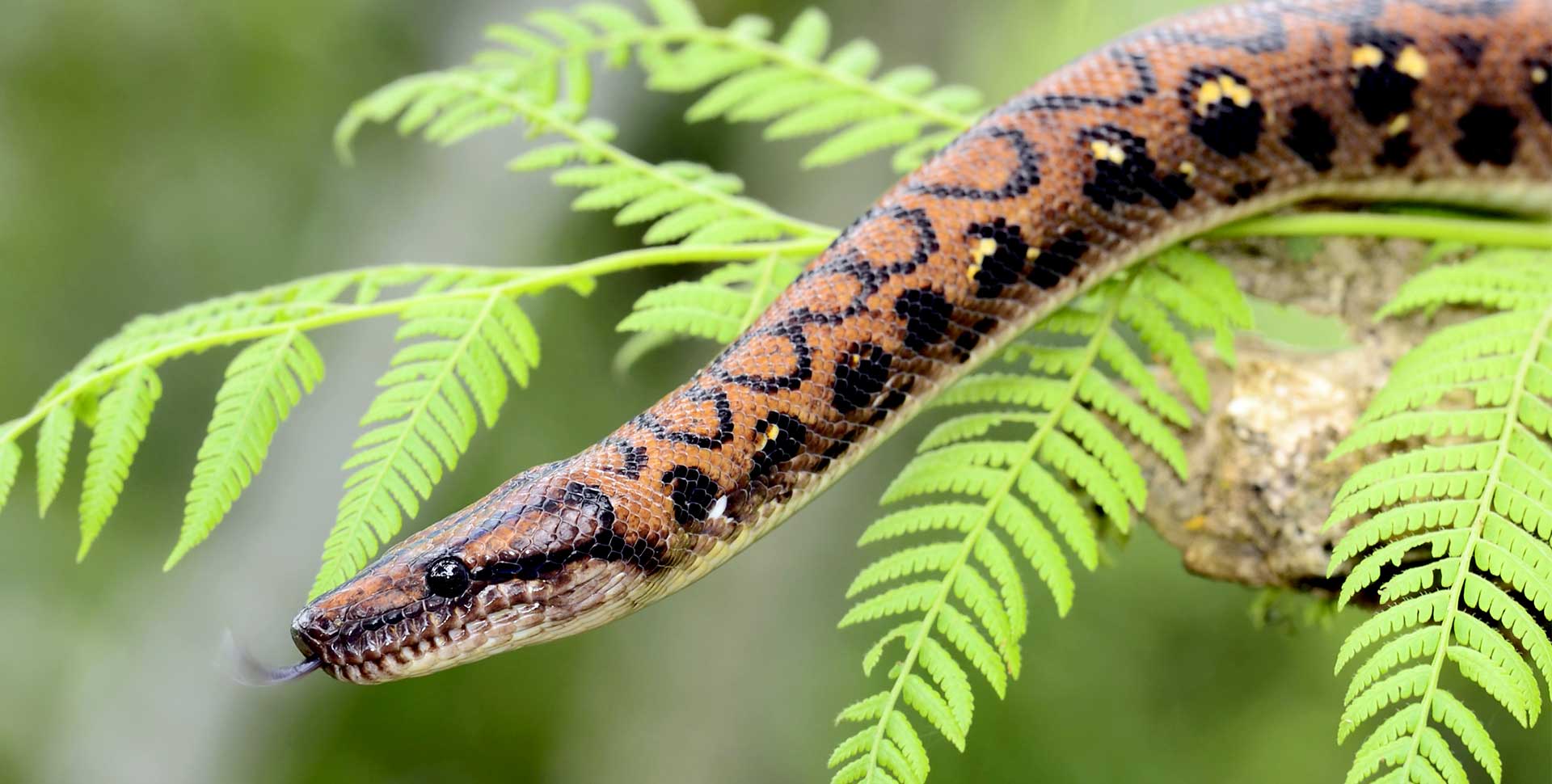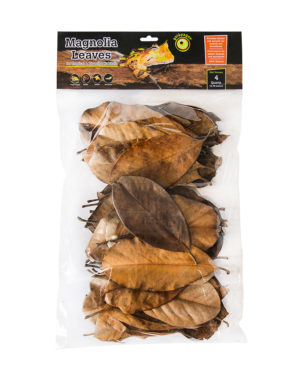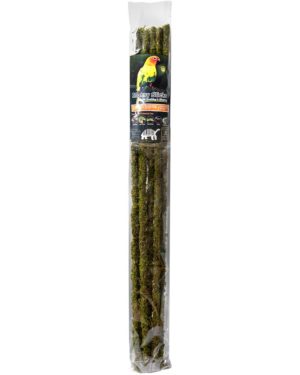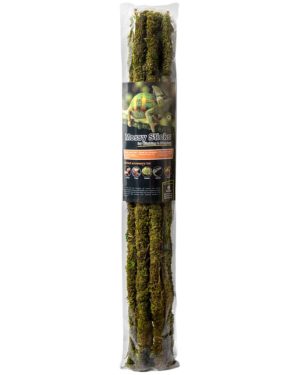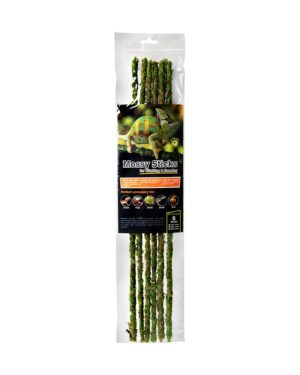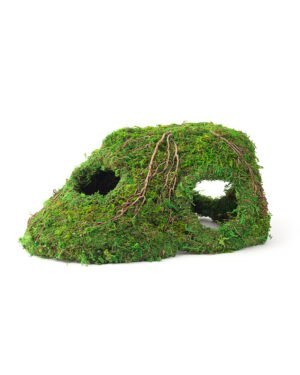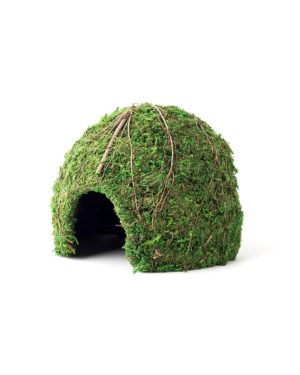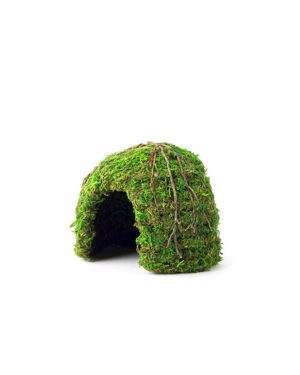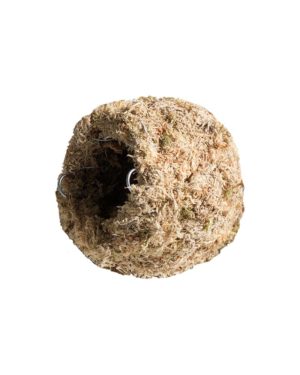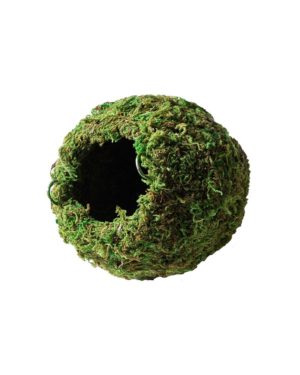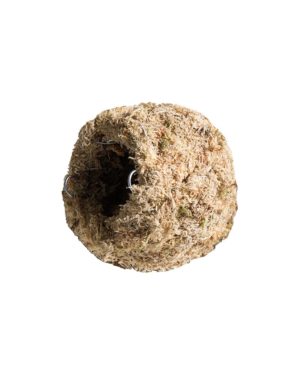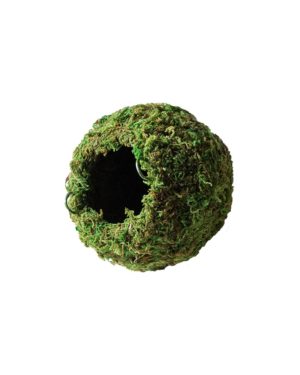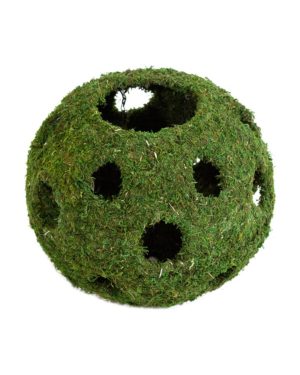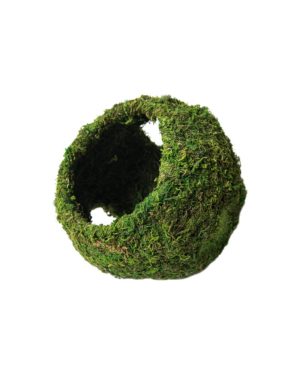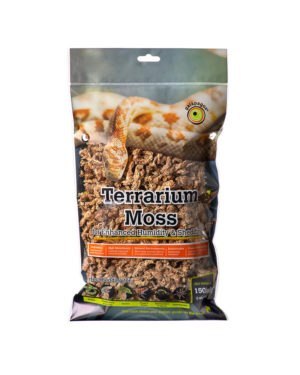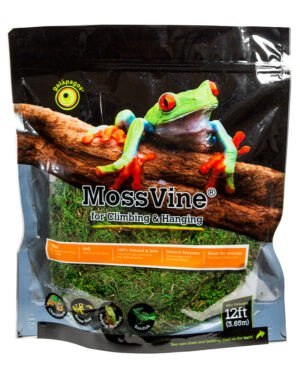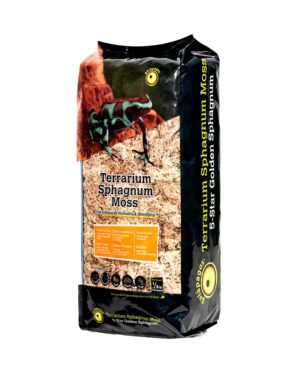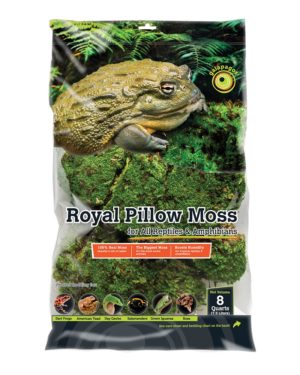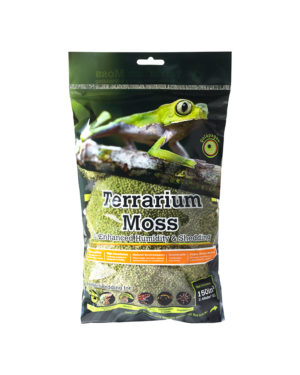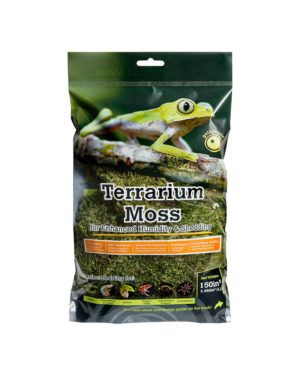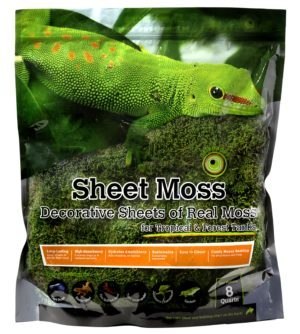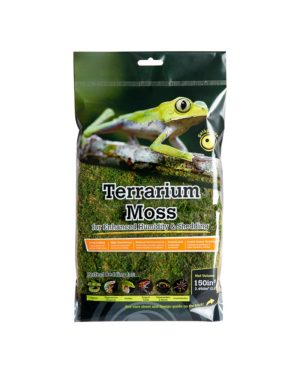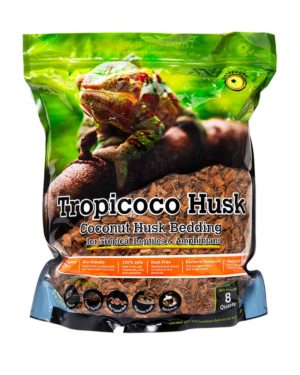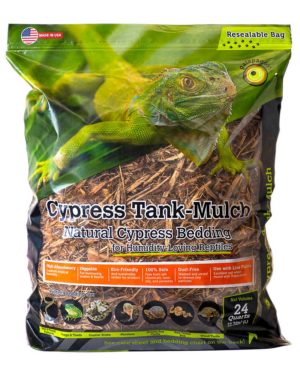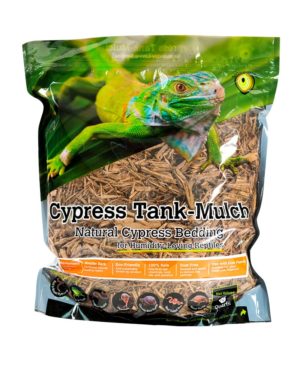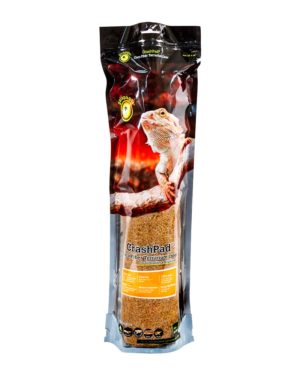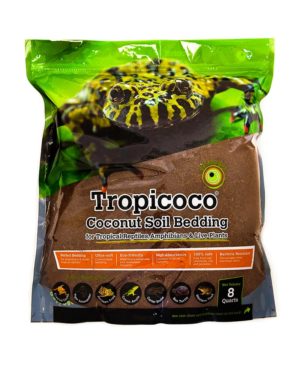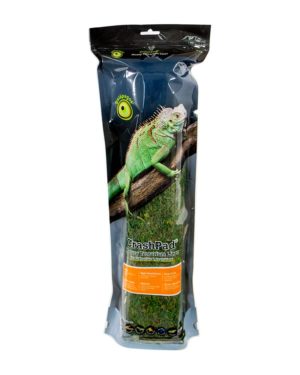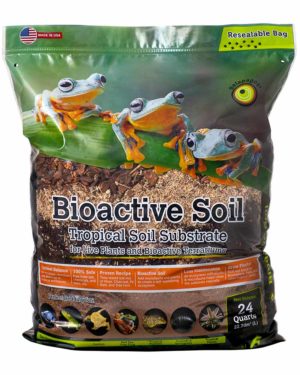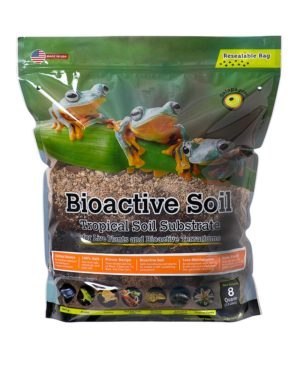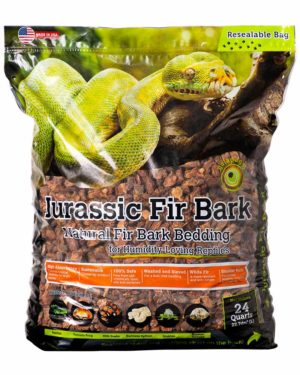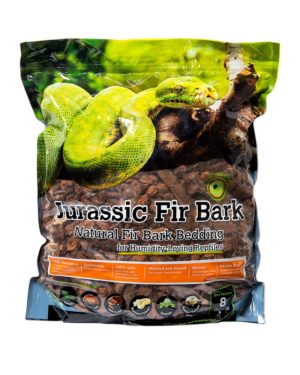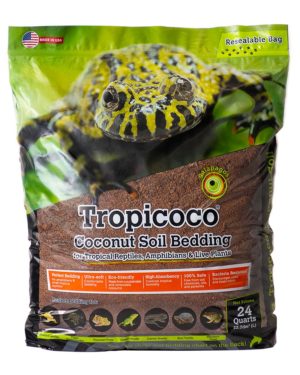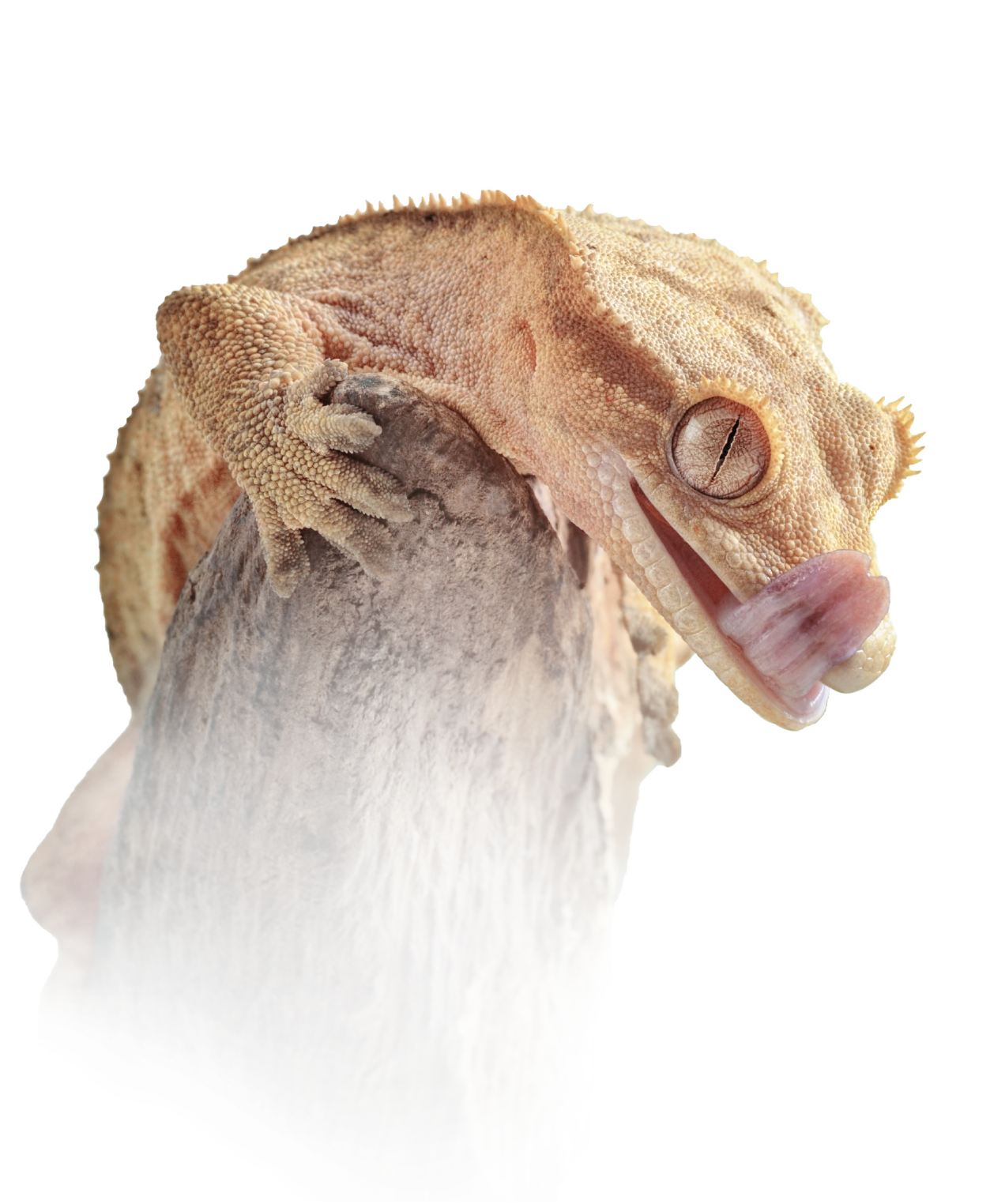Environment
Tropical
Light
Optional
Temperature
78-82°F
Humidity
95%+
Most Active
Nocturnal
Lifespan
20-30 years
Size:
Brazilian rainbow boas hatch out measuring 10-20 inches in length. Like many species of snakes, males tend to be smaller than females. Adult males range from around 5-6 feet in size. Females tend to average 6-7 feet and are generally larger in girth.
Lifespan:
In captivity, Brazilian rainbow boas can live 20-30 years or more. There have been records of Brazilian rainbow boas even living over 30 years.
Enclosure:
When designing your Brazilian rainbow boa’s enclosure make sure to remember that they are native to humid, tropical climates. Hatchlings can be kept in a rack system or plastic tub. Glass tanks can be used but must be properly sealed for humidity retention; sealing is far more difficult with glass tanks. Adults need around 4-6 square feet of caging. This can be accomplished with large plastic containers. However, most hobbyists use PVC caging available through various retailers.
Temperature & Humidity:
Providing a heat gradient with lows in the mid 70s and a basking spot of 80-83 degrees Fahrenheit. Temperatures that exceed 85 degrees for extended periods of time can be fatal.
Humidity is incredibly important with this species. Neonates (hatchlings) need to be kept at or near 95%+ humidity. Adults should be kept around 75%+ and increased during shedding. The best way to accomplish this is by creating a humidity box or hide. Provide a closed area lined with damp Golden Sphagnum Moss that only has one hole big enough for the snake to enter and exit. This should be kept in the enclosure and cleaned regularly as the rainbow boa will spend the majority of the time inside.
Another great way to help control and maintain humidity and make your Brazilian rainbow boa’s enclosure more natural is with additional mosses. Golden Sphagnum Moss, Green Sphagnum Moss, Sheet Moss, Pillow Moss, and Royal Pillow Moss are all excellent at storing and maintaining humidity throughout the tank.
Substrate:
Paper towels and indented kraft paper are the least expensive bedding but be sure to keep a close eye on temperature and humidity as these options don’t hold up as well as other substrates. Cypress Mulch, Orchid/Fir Bark, and Coco Husk are great naturalistic substrate options that help maintain and control humidity but can mold in the high humidity that rainbow boas need. Lastly, Coconut Soil is another option that is very good at holding moisture. You can also mix Golden Sphagnum Moss with any of these substrates to increase ambient humidity in the enclosure. No matter what substrate you decide to use make sure to keep an eye on humidity as too little can lead to many problems with this species of snake.
Hides:
Providing a safe hiding place for your Brazilian rainbow Boa is extremely important to the overall health of your reptile. Brazilian Rainbow Boas need a secure, dark cave or hide that they can retreat to in order to reduce stress and feel safe. It is best to have two hides in the enclosure with one placed on the hot side and one on the cold side. This is so the Brazilian rainbow boa can properly control its temperature and feel safe no matter which side they choose. There are a variety of hides available on the market. (Sapa and Moss Domes are popular naturalistic options.)
Lighting:
Lighting is not necessary but can be used if desired. However, only use lightning up to 12 hours a day as too much lighting can be stressful.
Feeding:
You will want to feed your Brazilian Rainbow Boa an appropriate sized rodent every 7-10 days when they are hatchlings or juveniles. “Appropriate sized” meaning the same size as the largest girth of the Brazilian Rainbow Boa, normally the Boa’s midsection. Do not handle the Brazilian Rainbow Boa for at least a day after feeding so it can properly digest the meal.
Feed adult Brazilian Rainbow Boas every 1-2 weeks. Brazilian Rainbow Boas can go off feed during winter months so do not be alarmed if your Boa stops feeding for a month or two. Simply keep an eye on the boa’s overall condition and weight. Snakes generally do not eat during shed cycles.
Water
Always provide fresh, clean water for your Brazilian Rainbow Boa. Make sure to check water daily as snakes will occasionally defecate in their water dish. A water dish large enough to soak in is ideal but the size and style of the water dish is up to you.
Decor
After the necessities, Brazilian Rainbow Boa enclosures can have any variety of decor that help to add enrichment. Spider Wood and Driftwood are popular climbing implements in higher humidity enclosures and provide a different texture and aid in shedding. Natural Stones, Perches and Vines are also a great addition for general stimulation and enrichment with the added benefit of a naturalistic look.
Interesting Facts:
- Structural coloration is the reason Brazilian Rainbow Boas iridesce. Microscopic ridges on their scales interfere with visible light causing it to be reflected in the rainbow sheen we can see.
- There are multiple species of rainbow boas but only the Brazilian Rainbow Boa (Epicrates cenchria cenchria) and the Columbian Rainbow Boa (Epicrates maurus) are common in the pet trade.
- Neonate (hatchling) Rainbow Boas tend to be more defensive in nature and may strike. They generally outgrow this behavior as adults and will tolerate handling.
- Boas are considered primitive snakes as they have two vestigial hind limbs. These limbs appear as spurs on either side of the cloaca.
- Brazilian Rainbow Boas are ovoviviparous. This means their young develop and hatch in egg sacks kept inside the mother but are born live.


